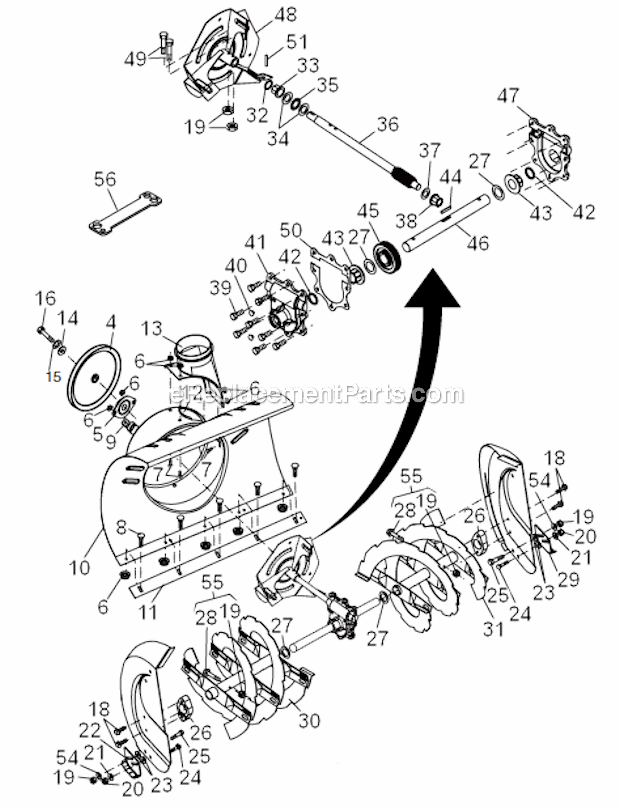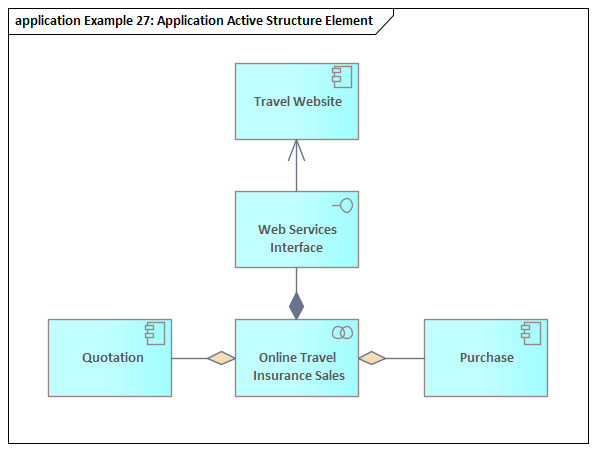

- #Sequel pro database diagram how to
- #Sequel pro database diagram install
- #Sequel pro database diagram software
- #Sequel pro database diagram password
MySQL was owned and sponsored by the Swedish company MySQL AB, which was bought by Sun Microsystems (now Oracle Corporation).
#Sequel pro database diagram software
MySQL is free and open-source software under the terms of the GNU General Public License, and is also available under a variety of proprietary licenses. In addition to relational databases and SQL, an RDBMS like MySQL works with an operating system to implement a relational database in a computer's storage system, manages users, allows for network access and facilitates testing database integrity and creation of backups. SQL is a language programmers use to create, modify and extract data from the relational database, as well as control user access to the database. A relational database organizes data into one or more data tables in which data may be related to each other these relations help structure the data. Its name is a combination of "My", the name of co-founder Michael Widenius's daughter My, and "SQL", the abbreviation for Structured Query Language.

MySQL ( / ˌ m aɪ ˌ ɛ s ˌ k juː ˈ ɛ l/) is an open-source relational database management system (RDBMS). If this is a database you will be working with frequently we suggest that you save the connection via the menu > File > Save Connection, as well as adding it to your “Favorites” sidebar.Linux, Solaris, macOS, Windows, FreeBSD If all was inputed correctly you should get a successful connection message.
#Sequel pro database diagram password
Next you will need to input your “SSH USER”, and “SSH Password”, you could however use your rsa key by clicking on the key to the right by the Password input box.įinally, you should have all the inputs filled out, and now it’s time to “Test connection”. This will need to be place in the “SSH HOST” input. The next important thing to note is the ip address of your new server we will use 123.123.123.123 as an example.

If you did not manually setup the database and used the wordpress installation from Serverpilot, you can simply skip the few steps above and look at your wp-config.php file for the credentials needed. Click “Databases” and it will provide you with the name of your database (left) and username (right). Then click on your app name, then at the top of the final page you will see a menu with “Databases” within. You would have set this up before connecting your server to Serverpilot. To find this log into your Serverpilot account, click on the server name under the main section of the page. Next is “Username:”, and “Password:” this is where you will put your database Username and Password at. The next input is “MySQL Host:” this is best left at 127.0.0.1 which is also “localhost”. The “Name” is just a general name or “Friendly Name” so when you save the connection, or have multiple databases listed you can easily determine the correct one. Let’s start from the top and work our way down. Under that tab you will see where your server credentials will need to go. Setting up to workįirst up, go grab Sequel Pro, if you haven’t, already, set up your new server using the docs from Digitalocean and Serverpilot. Actually now that we done it, it wasn’t really all that difficult to do.
#Sequel pro database diagram how to
We looked around on Google to see if there was some other tutorials on how to set this up, but the ones we ran into wanted to use some hacks with command line stuff, there had to be an easier way. Now for what you have come here for, to know how to use Sequel Pro database management with Serverpilot and Digitalocean.

Setting up Sequel Pro database management console Pretty sweet we say, not to mention, not needing to know 1 single ssh command. In at around 5 minutes you can have a dedicated cloud server using NGINX in the front, Apache doing all the lifting, and MySql for a database.
#Sequel pro database diagram install
The problem we ran into a while back is that Sequel Pro couldn’t connect to our database, and we really wanted to use Sequel Pro database management tool, with SSH, Serverpilot, and Digitalocean.Īfter you launch your new droplet at Digitalocean you head on over to Serverpilot and connect your server to their service, create an app, and install wordpress. First things first, we just want to say that we absolutely love Digitalocean and Serverpilot services.


 0 kommentar(er)
0 kommentar(er)
